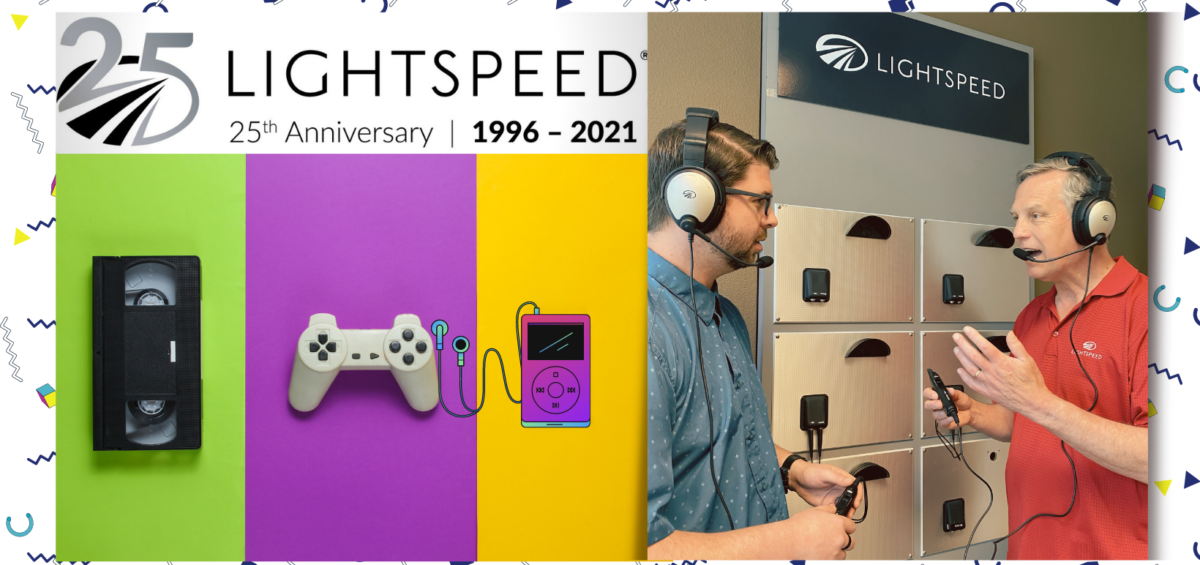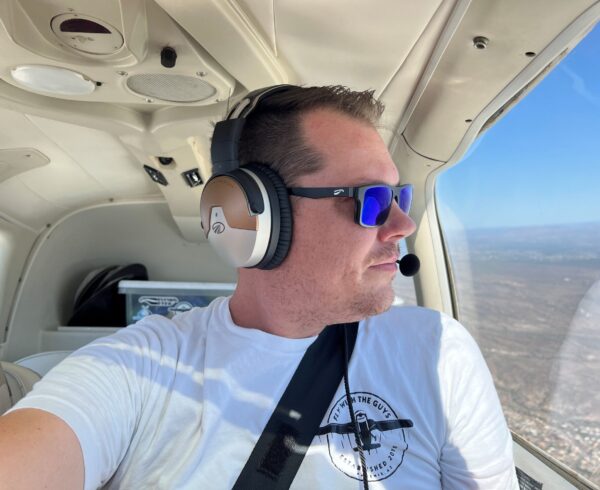They were the best of times; they were the worst of times. They were the 2000s. We worried about the Y2K bug, and celebrated when it fizzled. Pop culture split between “reality TV” and alternate realities, from Iron Man to Daniel Craig’s debut as James Bond. The first fortunes were made (some lost) in social media, as MySpace became the #1 website of 2006. Blogging went mainstream, and people began to be brands. Video games moved from the arcade to the home game console. Flip phones were hip, fashion was hipster, and Lance Armstrong’s LiveStrong launched the plastic bracelet-for-a-cause fad. Bleached-blonde boy bands ruled, and pop divas broke the rules. And in 2009, J.K. Rowling revealed how Harry Potter finally defeated “he who shall not be named.”
In real life as in popular culture, a digital age brought new opportunities and challenges. Digitized information created new efficiencies, information became a product, and the terms “googled,” “big data,” and “data breach” were born. Unprecedented computing power enabled new discoveries. The human genome was mapped, and scientists began to study RNA, beginning over a decade of research that would make possible today’s COVID vaccines. Hybrid vehicles began to roam the streets of Earth, and the Mars Exploration Rover touched down on the Red Planet.
Lightspeed Soars, Making Cool, Beautiful Things
Through the 2000s, general aviation on earth continued to serve the public, supporting business travelers, agriculture, firefighting, medical evacuation, rescue operations, tourism, and the sheer joy of being in the air. While the 2008 economic crash took its toll, general aviation still generated almost half a million jobs in 2009 and contributed over $76 billion to the U.S. economy.
By 2004, Lightspeed Aviation headsets were well-known in the GA community for their comfort, the quiet of their active noise reduction (ANR), and great features, all at an excellent price. But then something changed, says Allan Schrader, Lightspeed’s President and CEO.

Lightspeed had been driving the headset market with top value, battery life, and features such as battery level indicators, auto-shutoff, and mobile phone connections. Allan recalls, “Lightspeed had become well-known in GA as the ‘best headset for the money.’ But some people were willing to pay a premium for the look, the weight, and the prestige name on the higher-priced products from our major competition. We were making excellent things, but in 2004, we decided we could make exceptional, beautiful things.” The design and engineering teams set to work and, in 2007, the Original Zulu headset line was launched, representing a clear breakthrough in ergonomics, durability, quieting and audio performance, along with the first-of-its-kind full phone and stereo music Bluetooth® integration.
Zulu’s sleek new design was a radical change to the look of Lightspeed-brand headsets. Allan says, “Not only was it an elegant and wonderfully wearable product, but it was also clearly quieter and way more comfortable than the headsets of our higher-priced competition. No longer were we ‘the best headset for the money.’ We were making the best headset, period”. People began to take notice.
The Company We Keep
By 2010, Lightspeed Aviation had established itself as a market leader, but the company never forgot its roots. One of Allan’s touchstones is what he calls “the company you keep”. For Lightspeed, general aviation is our community. Lightspeed products have always been designed by pilots for pilots. Allan explains, “Our relationship to GA is personal. We work hard to be approachable and available to our customers. When you contact us, you get a person on the phone or a personal email reply, and we don’t do that in an automated, call center kind of way. We take pride in the fact that people who deal with us experience an exceptional level of care and respect.”
As in our early days, Lightspeed care for the customer begins before the sale. To Allan, it’s about not just value, but values. “All we have is what we offer honestly. If you see us at a trade show, the vibe in our booth will be different than some other booths because my goal is not to push our product. What I want to do is to help people understand the differences and then to support them as they make the best decision for them. We respect the pilot, and that’s how we build a strong, thriving community, one person at a time. And that’s how we’ve grown from Lightspeed ‘Who?’ to Lightspeed ‘Worth it’’ to Lightspeed ‘Excellent.’”
But, for Lightspeed, excellent wasn’t enough, because we can always find new ways to improve the flying experience. To view our 25th Anniversary Blog – Series 1: click here. Watch for our upcoming 25th Anniversary Blog – Series 3, to see how excellent became even better.















Leave a Comment